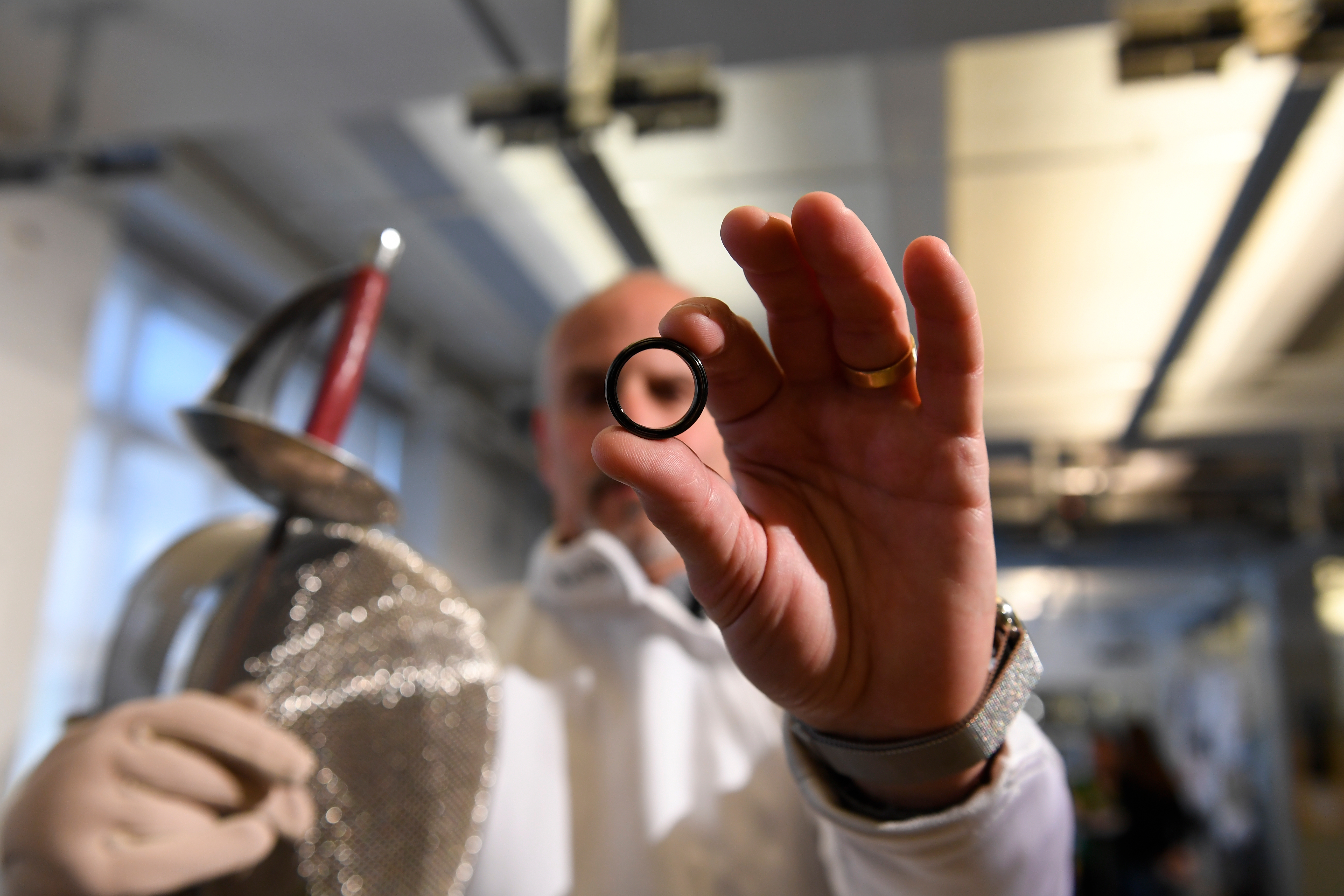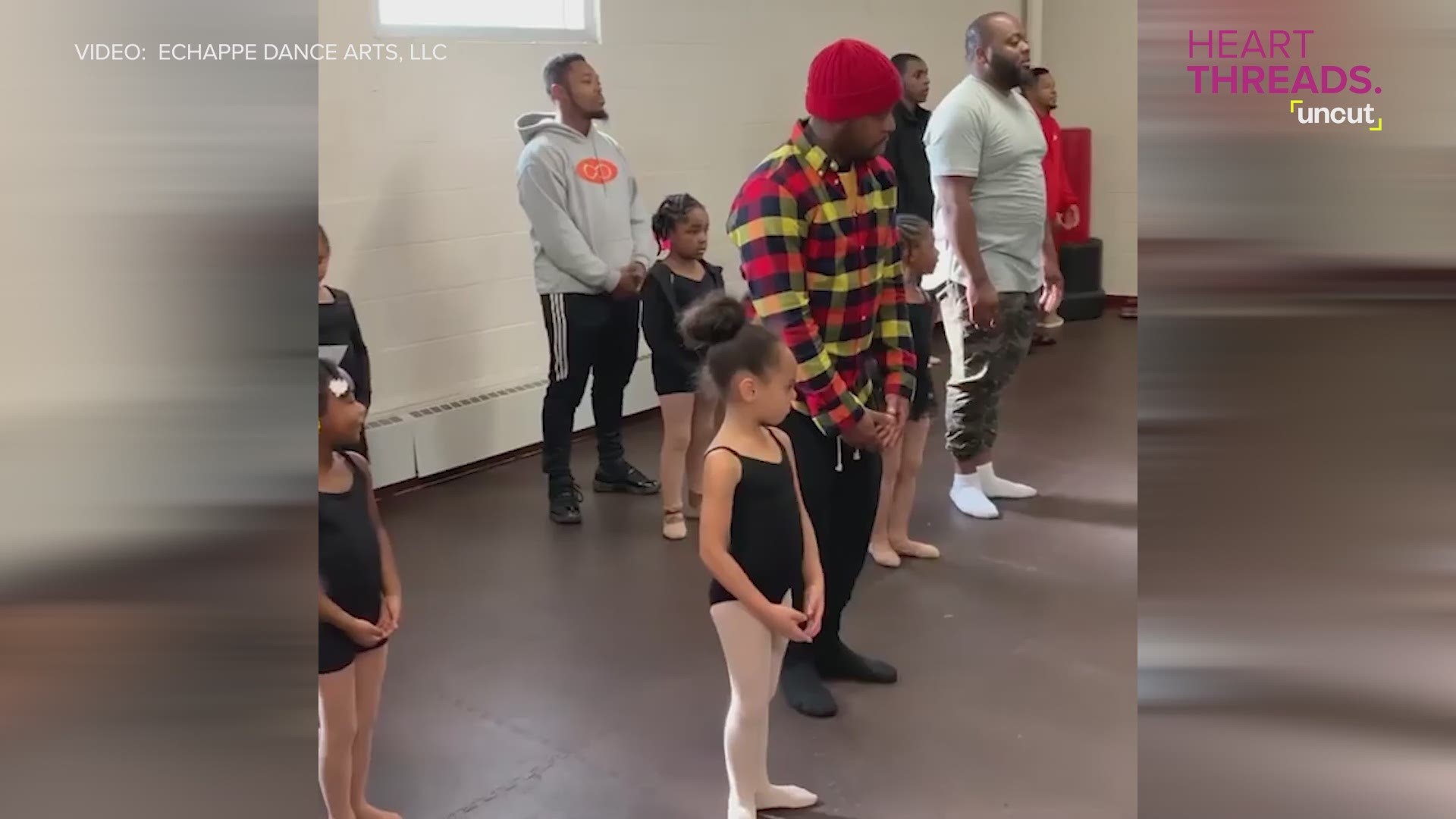![Pay with your ring? Check out with your eyes? [video : 85314724]](http://videos.usatoday.net/Brightcove2/29906170001/2016/06/29906170001_4924955810001_4924925053001-vs.jpg?pubId=29906170001)
NEW YORK — Do you want to pay for stuff with the ring on your finger?
Visa demonstrated an advanced prototype of a payments ring it plans to share with 45 Olympic hopefuls during this summer’s Olympic Games in Rio that will let them do just that. The global payments company showed off the ring at a promotional event in Manhattan headlined by U.S. Olympic fencer Ibtihaj Muhammad.
The ring contains a microchip made by digital security company Gemalto and has an embedded NFC-enabled (near field communication) antenna. The athletes in Brazil can make a payment by tapping the ring in close proximity to an NFC-capable payments terminal.
For Visa, which is an Olympics sponsor, the Rio ring endeavor is essentially meant to be a high-profile beta test, conducted in an open but controlled environment. There are no immediate plans to make a version of the ring available to consumers.
“Visa (has) historically come to life through one form factor, the plastic credit card. But that doesn’t mean that it’s the only form factor through which Visa can come to life,” says Chris Curtin, Visa’s Chief Brands and Innovation Marketing Officer.
LOTS OF CHOICE, LITTLE USE
Visa is hardly alone in testing various alternate mobile payments schemes, including methods tied to connected Internet of Things (IoT) objects. But it's far from proven that consumers are comfortable with any of the new payment methods.
Rival MasterCard, for example, announced a partnership in October with a company called Ringly on its own payments-capable smart ring. Designed for women, it, too, is in a prototype stage. MasterCard also said at the time that it was teaming up with General Motors on producing the first payments-capable key-fob, also still a prototype.
Today, of course, through Apple Pay, Samsung Pay, Android Pay, and other methods, consumers can turn smartphones into digital wallets. And with Apple Watch and certain other smartwatches they can also make payments from the wrist.
Thirteen percent of Apple Watch owners surveyed recently by 451 Research did say said that making mobile payments is what they like best about the product.
The question with almost every experiment is, `do most consumers want to eschew plastic?’
Analyst Jordan McKee of 451 Research says, “we haven’t seen an overwhelming display of interest (or) adoption in most of these alternative commerce experiences.”
A couple of other interesting data points from the 451 survey: just 13% of Amazon Echo owners have conducted a transaction through the voice speaker, and only 3% of fitness band owners say they wish they could add payments functionality to those bands.
For many consumers, part of the hesitation to embrace new technologies surrounds security, or their perception anyway that these solutions are somehow less safe. For its part, the Visa payment ring prototype takes advantage of “tokenization” technology similar to what is used in the Apple Watch. A unique digital identifier is used to process payments without exposing actual account details on the ring itself.
Still, if the ring were to get lost or stolen the user would either have to go through the trouble of disabling it via a companion app, or canceling the credit card itself, just as they would do if their plastic card went missing.
“I see this as the spaghetti throwing phase, where payments companies are trying to bring commerce capability to every connected ‘thing’ in sight with the hope that a few use cases will stick,” McKee says. While he expects countless failures, he does think “the connected car will be a near-term success story for commerce. From paying for parking to fast food to tolls, there is real-world value to bringing commerce capability to an automobile, as opposed to, say, an article of clothing.”
The ring prototype that Visa is giving out to the athletes does not require use of a battery, and is water resistant to a depth of 50 meters. And no, I wouldn't expect any Olympic swimmers to buy and pay for something while they’re underwater.
Email: ebaig@usatoday.com; Follow USA TODAY Personal Tech Columnist @edbaig on Twitter


![XXX VISA RD598.JPG USA NY [image : 85308512]](http://www.gannett-cdn.com/media/2016/06/02/USATODAY/USATODAY/636004805460295265-XXX-VISA-RD598-82326996.JPG)
![AP VISA PAYMENT INNOVATION SHOWCASE WITH IBTIHAJ MUHAMMAD A CPACOM USA NY [image : 85313216]](http://www.gannett-cdn.com/media/2016/06/02/USATODAY/USATODAY/636004846603014729-AP-VISA-PAYMENT-INNOVATION-SHOWCASE-WITH-IBTIHAJ-M-82327168.JPG)
